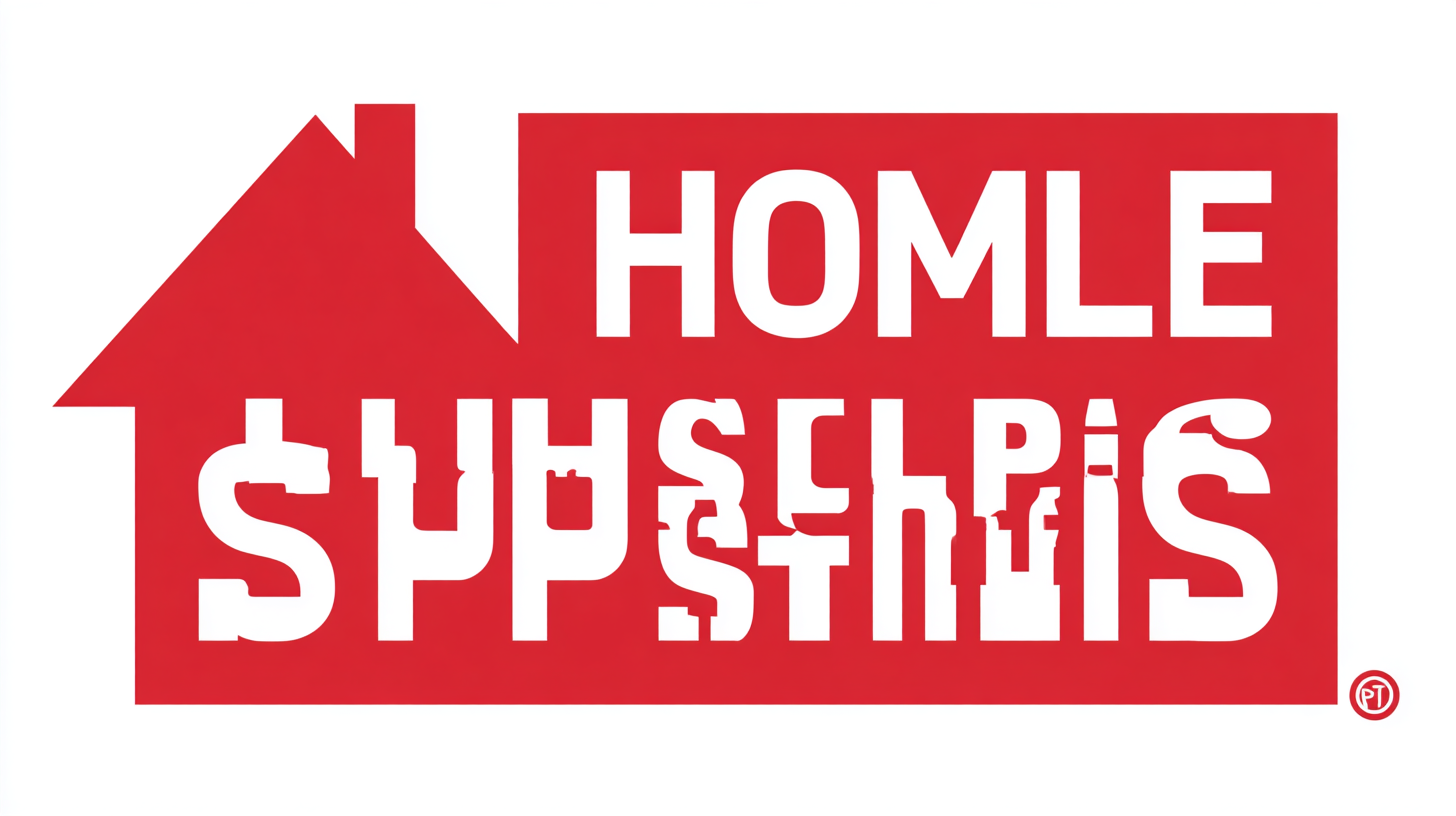Click here to browse our On The Mend Portfolio!
Exploring the 2025 Tech Innovations in Best Home Health Supplies and How to Leverage Them for Global Sourcing
 In recent years, the home health supplies sector has experienced a remarkable transformation, driven by technological innovations and an increasing demand for patient-centered care. According to a report by MarketsandMarkets, the global home healthcare market is projected to reach $518.1 billion by 2027, growing at a compound annual growth rate (CAGR) of 24.7% from 2022. This growth presents both opportunities and challenges for businesses involved in global sourcing.
In recent years, the home health supplies sector has experienced a remarkable transformation, driven by technological innovations and an increasing demand for patient-centered care. According to a report by MarketsandMarkets, the global home healthcare market is projected to reach $518.1 billion by 2027, growing at a compound annual growth rate (CAGR) of 24.7% from 2022. This growth presents both opportunities and challenges for businesses involved in global sourcing.
As we look ahead to 2025, it becomes essential to explore how emerging technologies can enhance the efficiency and accessibility of home health supplies. However, companies must also be aware of potential problems associated with leveraging these innovations, including supply chain disruptions, regulatory hurdles, and the need for sustainable practices.
By understanding these dynamics, stakeholders can better position themselves to navigate the evolving landscape of home health supplies and optimize their sourcing strategies for a successful future.
The Rise of Digital Health Solutions: Key Innovations to Watch in 2025
The rise of digital health solutions is set to reshape the landscape of home health supplies in 2025. According to a recent report by Grand View Research, the global telehealth market is projected to reach $559.52 billion by 2027, driven largely by the increasing adoption of digital health tools. Innovations such as remote patient monitoring and mobile health applications are at the forefront of this transformation, enabling patients to access care from the comfort of their homes while empowering healthcare providers with real-time data.
As home health supplies increasingly integrate with digital technologies, sourcing strategies must evolve. For instance, wearable devices like smartwatches and fitness trackers are anticipated to become essential in home health management. A study by Deloitte revealed that 76% of consumers are interested in using wearables for health monitoring, indicating a significant market opportunity for suppliers. Harnessing these innovations not only improves patient outcomes but also allows for efficient global sourcing of high-demand products, ensuring that suppliers can meet the needs of a tech-savvy consumer base. Embracing these developments will be crucial for businesses aiming to stay competitive in the rapidly evolving home healthcare market.
Leveraging AI and Machine Learning for Smarter Home Health Supplies
As we look towards 2025, the integration of artificial intelligence (AI) and machine learning into home health supplies is set to revolutionize the way we approach health management in our daily lives. These technologies empower consumers to make informed decisions, enhance product selections, and personalize health experiences. For instance, AI can analyze user data and preferences to recommend the most suitable health supplies, ensuring that individuals receive tailored care that meets their unique needs.
 Tip 1: When sourcing home health supplies, consider leveraging AI-driven platforms that provide insights based on user behavior and feedback. This can help you identify trending products and customer favorites, making your sourcing process more efficient and effective.
Tip 1: When sourcing home health supplies, consider leveraging AI-driven platforms that provide insights based on user behavior and feedback. This can help you identify trending products and customer favorites, making your sourcing process more efficient and effective.
Moreover, machine learning algorithms can optimize inventory management for businesses by predicting demand patterns, reducing waste, and ensuring that essential supplies are always available. By utilizing these insights, global sourcing efforts can become more streamlined, resulting in improved responsiveness to market changes.
Tip 2: Collaborate with suppliers who utilize AI to enhance their logistics and supply chain management. This can lead to quicker turnaround times and better quality assurance, saving both time and resources.
Incorporating these advanced technologies not only improves the efficiency of home health supply sourcing but also enhances the overall health outcomes for consumers, making wellness more accessible and personalized.
Sustainable Sourcing: Eco-friendly Materials in 2025 Health Products
As we approach 2025, the conversation around sustainable sourcing in health products is gaining significant momentum. A recent report by Grand View Research indicates that the global sustainable health products market is projected to reach $41.7 billion by 2025, reflecting a compound annual growth rate (CAGR) of 8.8%. This trend is driven by increasing consumer awareness of the environmental impact of products and a growing demand for eco-friendly materials. Companies are innovating by replacing traditional materials with biodegradable options, which not only reduces waste but also appeals to a conscious consumer base.
Moreover, the integration of technology in sourcing practices is enabling better tracking and transparency across supply chains. According to a study by McKinsey, 70% of consumers are now willing to pay a premium for sustainable products, showcasing the potential financial benefits for businesses that prioritize eco-friendly materials. By leveraging innovations in sustainable sourcing, health product manufacturers can enhance their brand value while contributing to global sustainability efforts. The shift towards greener practices is not just a trend; it represents a profound change in how health supplies will be produced and consumed in the near future.
Global Market Trends: Navigating the Future of Home Health Product Supply Chains
The landscape of home health product supply chains is rapidly evolving, driven by advancements in technology and shifting global market trends. As we move toward 2025, businesses must navigate the complexities of sourcing innovative health supplies. This involves not only adapting to consumer preferences for smart and connected health solutions but also responding to increasing regulatory requirements across different markets. Companies focusing on agility and responsiveness in their supply chains will be better positioned to meet these challenges and capture the growing demand for home health products.
Moreover, leveraging digital tools and data analytics will be crucial for optimizing supply chain operations. By utilizing real-time data, organizations can enhance forecasting accuracy, streamline inventory management, and reduce lead times. Partnerships with tech innovators will also enable home health suppliers to integrate advanced technologies—such as artificial intelligence and the Internet of Things—into their offerings. This strategic approach not only fosters resilience but also creates opportunities for sustainable sourcing practices, aligning with the global shift toward environmental responsibility within the healthcare sector.

Essential Tips for Integrating Advanced Technologies into Your Health Supply Strategy
As we delve deeper into 2025, the integration of advanced technologies into health supply strategies becomes increasingly vital for companies aiming to enhance their global sourcing capabilities. According to a recent report from Deloitte, over 70% of healthcare organizations are projected to implement IoT devices in their supply chains by 2025, reflecting a significant shift towards digital transformation. These innovations not only streamline inventory management but also enhance tracking capabilities, reducing waste and optimizing operational efficiency.
To leverage these advanced technologies effectively, businesses must adopt a comprehensive strategy that emphasizes collaboration with tech providers and investment in training. The Global Health Supply Chain Network indicates that organizations integrating AI with their supply systems can experience a 20-30% reduction in supply chain costs within the initial years. Furthermore, utilizing predictive analytics allows companies to anticipate demand fluctuations more accurately, ensuring that they meet patient needs promptly while minimizing excess stock. Implementing these tools will not only improve the reliability of health supply chains but also foster a more responsive and resilient healthcare ecosystem.
2025 Tech Innovations in Home Health Supplies
View Products
- Bathroom Safety & Shower Systems
- Canes, Knee Walkers, Rollators & Wheelchairs
- Compression Socks, Stockings & Custom Garments
- CPAP Machines, Devices, Accessories & Supplies
- Incontinence Supplies
- Lift, Reclining, and Sleeper Chairs
- Power Scooters, Power Chairs & Accessories
- Ramps & Handicap Access
- Stair, Platform & Portable Lifts
- Blog
Our Locations
Visit Us in CT, NY & CA
Looking for a 'medical store near me'? Call On The Mend for the equipment and service you need!
